 Leading a 200-hour intensive yoga teacher training is a great way to offer depth to a student’s yoga practice or guide them on the path of becoming a certified teacher in a short period of time. But how do you blend the various personalities, backgrounds, and yoga skill sets to create an inclusive environment for learning? The techniques we share in this post will show you how.
Leading a 200-hour intensive yoga teacher training is a great way to offer depth to a student’s yoga practice or guide them on the path of becoming a certified teacher in a short period of time. But how do you blend the various personalities, backgrounds, and yoga skill sets to create an inclusive environment for learning? The techniques we share in this post will show you how.
The connectedness we seek in our human relationships is often vividly demonstrated in nature around us. Take the redwood trees, for example. These large, ancient giants are majestic and calming. And despite being hundreds of feet tall, their root structure only anchors five to six feet into the ground. Instead, they gain their stability by spreading their base wide.
In fact, the roots of a redwood tree extend over a hundred feet from the base and intertwine with the roots of other redwoods around them. It’s in that same vast root system, especially near the bottom of the tree, where new seedlings can successfully sprout. This creates a new generation of trees that surround the parent.
While those in your intensive teacher training might not be of your direct offspring, the seeds you sow with your leadership can allow your students to thrive. The way you plan, structure, and facilitate interactions can enhance the connection within the group. And, an inclusive environment can create a powerful foundation for success along the way.
WHAT IS AN INCLUSIVE ENVIRONMENT?
An inclusive environment is a safe space in which integration of diverse experiences and perspectives can freely coexist. It’s a place where people feel respected by and connected to each other. Also, it’s the setting in which individuals can work together toward common goals.
Despite the differences of each individual joining a yoga teacher training program, there is a shared reason for being there: to learn more about yoga.
When you create an inclusive environment in which to deepen student knowledge:
- Satisfaction increases
- Retention of the material improves
- Greater skills are utilized
- More problems can be solved creatively
- Strong bonds are forged
- Confidence in others grows
- Self-assurance blossoms, and
- Group synergy, or cooperation, can multiply
You can set the tone for this environment at the introductory meeting of the group. Become aware of the numerous logistical details you can include in your training to build trust with your group from the get-go. Below we’ll cover some other great tips to create an inclusive environment.
GET CREATIVE WITH YOUR INTRODUCTIONS
When teaching sports kinesiology at CSU, Chico, I often used icebreakers, such as the grid game, as a way for students to get to know one another at the beginning of a semester. This contradicted many teachers’ method of having the group gather together in a circle to reveal their name, major, and goals for the course. While this latter method is succinct for timing, many people are very nervous to speak out loud in front of other people (much less people they are meeting for the first time). You can forego any stress during the introductory period of your training by starting with a creative group ice-breaker.
There are numerous options online that are appropriate for the age range and size of your group. Keep in mind that active, inquisitive, and fun games tend to soften any initial barriers between people. As the group warms to one another, you might provide name tags to wear during the first few days you are together. This can further diminish any anxiety around memorizing names of other group members.
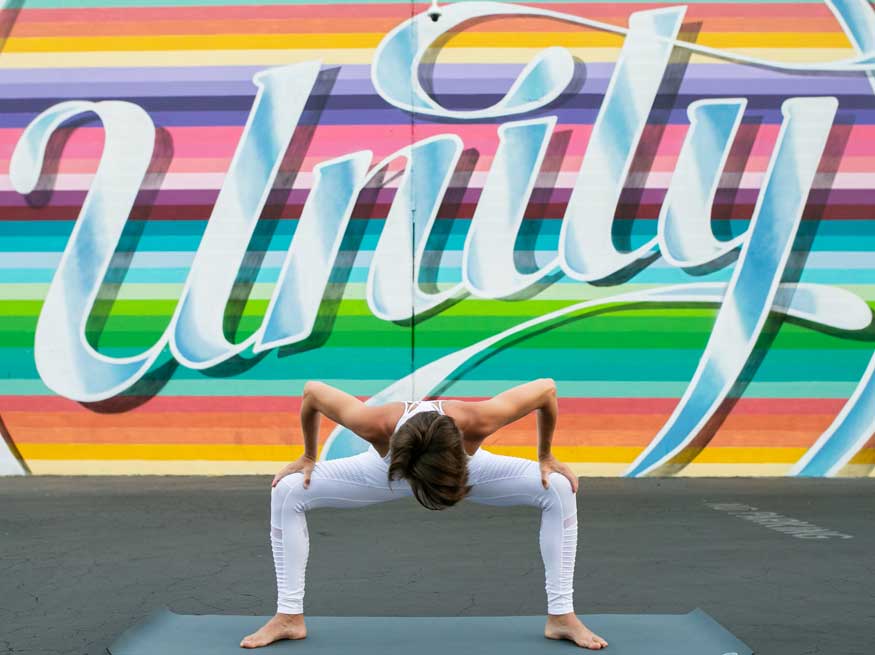
Photo Credit: Diane Nicole Photography
SCHEDULE SMARTLY
The group coming together during your intensive training program come from all walks of life, age ranges, and perceptions. They will most definitely have different daily schedules in their everyday lives. In order to participate in the training, though, they have surrendered this regularity for the program you have outlined for them.
While the intensive learning format of a teacher training will be vastly different from their regular routine, you can generate a class schedule to support the group. Scientific research today shows there are great health benefits from structured regimen. It reduces stress, increases energy, and improves efficiency. These are all things you want your students to experience while studying with you!
Schedule smartly to generate stability for each individual in the following ways:
Plan Daily Similarities
It is important to have patterned times for activity, breaks, and meals each day. This could look like morning meditations to start each day, 9 am active yoga classes to get their blood pumping, or a restorative class to end each evening.
Provide a Syllabus
Most teacher trainings do not reveal their syllabus online. If you chose to go this route, be willing to offer this information to potential students before they sign up, and most definitely before they arrive. I recently took a training where I thought yoga classes would be held daily. Come to find out, we only practiced three times per week. Had I known this well in advance, I might have opted for a different program.
This syllabus can also be printed in their training manual. This will help them stay on track and ensure all material is covered. Please note that your scheduled plans will likely change throughout the course of the training. Just notify the group as those changes occur to reduce any student stress and keep the group on the same page.
Encourage Self-Care
Because you will not be able to accommodate the specific preferences of each student with your schedule, invite them to care for themselves in the process. Since they will have a big picture of what’s in store with your schedule and syllabus, they can do so more appropriately throughout their time with you. This could include adjusting how and what they eat. Or, it might indicate they need to rest if more physical activity will take place on any given day.

Photo Credit: Jeff Nissen
CATER TO ALL LEARNING STYLES
Everyone learns through different capacities, and you can enhance the inclusive environment by catering to the three basic learning styles throughout each educational category.
Visual Learning
The quote “a picture is worth a thousand words” speaks to those who learn through what they see. These visual, or spatial, learners prefer images, pictures, and colors to internalize information. You can support these students by:
- Including picture-laden powerpoints and handouts (also with lots of images) with your lectures.
- Using a skeleton, along with real bodies, to discuss anatomy, asana, and injuries
- Showing a yoga video
- Providing fill-in-the-blank sections in the workbook
- Implementing writing assignments or self-reflective journaling
- Drawing stick figures, or pictures of poses, to sequence classes
Auditory Learning
Hearing is a powerful sense, and an auditory learner is someone who uses hearing and speaking as their main way of absorbing new information. Giving a lecture and cueing students through a yoga class are just two examples of how you can best reach auditory learners. Here are a few more suggestions:
- Invite students to repeat sanskrit words and phrases out loud
- Guide fellow partners or group members in and out of asanas
- Take turns reading portions of the workbook, or manuals, out loud with the group
- Lead a guided meditation where student’s eyes are closed
- Teach some classes both with music playing and some without
- Chant and sing together
- Greet your students by name each time you see them
- Assign students to record themselves leading a class. Then have them listen to it and provide feedback for improvement.
Kinesthetic Learning
Kinesthetic learners grasp new information best when they use the body and their tactile senses. A yoga training often involves lots of movement already, such as scheduled yoga classes or teaching hands-on assists. Additional ways to increase kinesthetic learning:
- Plan a formal yoga class each day (whether active vinyasa or passive restorative)
- Palpate (touch) areas of the body when learning anatomy (on self and others)
- Make anatomical structures out of clay or playdough
- Receive hands-on assists in a posture
- Count the breath using your fingers
- Take walks during breaks
- Rewrite your notes onto flashcards
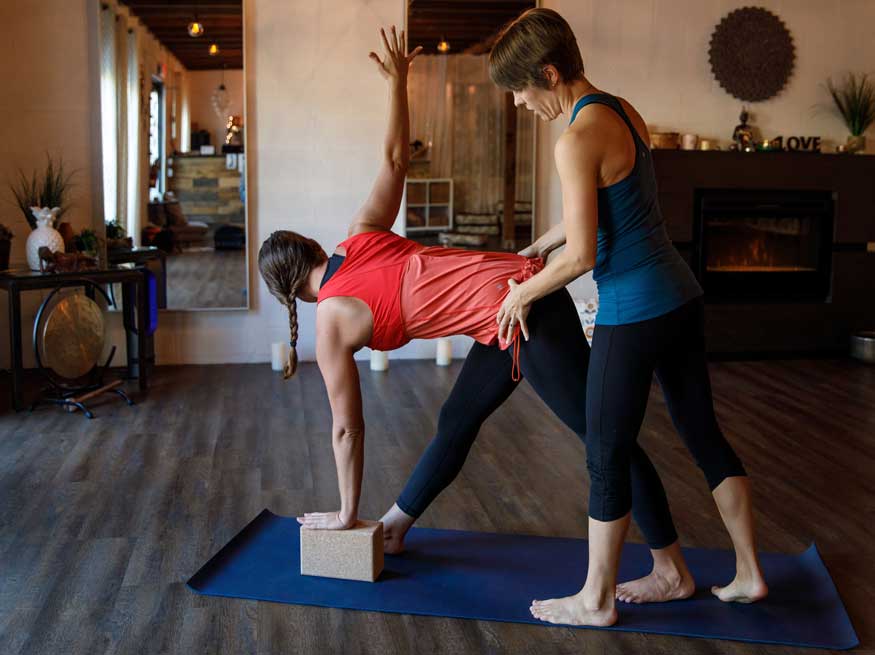
Photo Credit: Casey Brooke Photography
ENCOURAGE HONEST FEEDBACK
Clear communication and mutual respect reinforce positive connections between you and the group. Excellent listening skills and encouraging honest feedback are two great ways you can hear the needs of your students. When they feel safe and understood, your teaching strategies can be more effective. Here are some ways you can tap into their thoughts and feelings:
Start with an opening and closing circle
Allot 15 minutes at the beginning and end of each day for the group to come together and ask questions. This also puts the group on the same page to begin and end each day.
Make yourself available
Yoga trainings are chock full of group interactions. Instead of having students get lost in the busy-ness, make yourself available to them throughout the process. Perhaps you stay in the shala on breaks to answer questions. You could have one-on-one, or small group, lunches to dive more deeply into specific topics. Or, you might even plan to have a 10-15 minute evaluation session with each person during the training. Whatever you decide, an open-door policy for questions, concerns, and connecting with you will bolster the inclusive environment you’re seeking.
Allow for privacy
If you need to make any larger decisions that will affect the group, invite students to give feedback in a private manner. For example, at a recent training the teacher wanted to offer a longer afternoon break, but still honor his teaching commitment to the group. Rather than take a vote on the spot, which might have caused some to shy away from their true feelings in order to satisfy the group, he had us email or text him by 10 pm that night with our input. As a result, each person’s opinion was heard in a respectful, quiet way.
Include a feedback form
Great teachers are able to tap into the beginner’s mind and continue their own learning process. Each group provides new opportunities to grow and refine your skills. The direct feedback you receive from your students will help you do this. You might have students fill out a physical form before the training ends, or you can have them fill out an online survey. Just make sure you get their input, and use valuable insights to make your future trainings that much more efficient and effective.
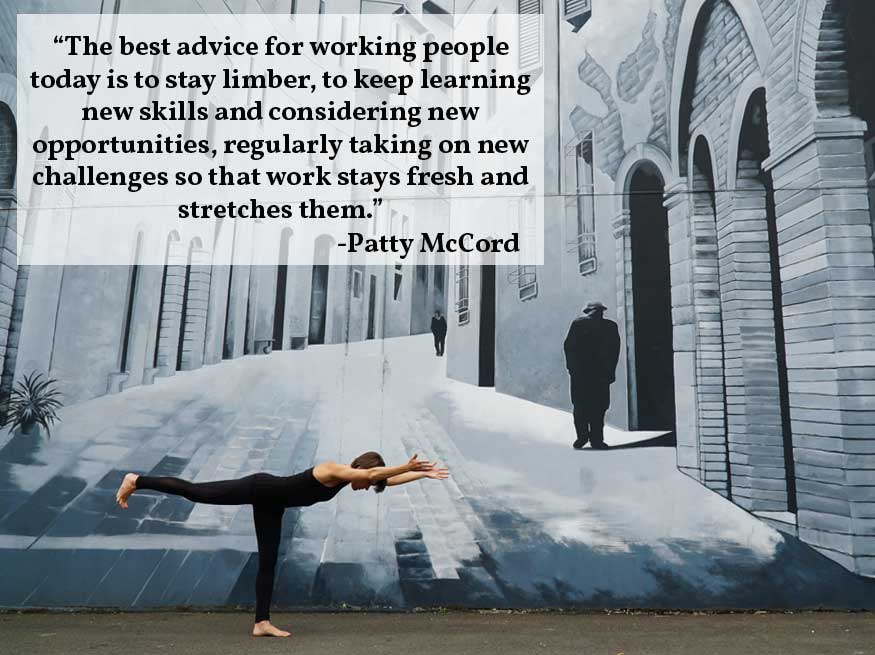
ROTATE GROUPS FREQUENTLY
Small group work sprinkled throughout a training can help increase the collaborative efforts of the group. It’s also a practical way to implement and practice yoga teaching skills. When you facilitate how these groups come together, you can add to the inclusive environment. Rotating the groups frequently is one way to do this.
Draw straws
When starting a new activity, have each student draw a straw. They will then partner with other members of the group who have the same color or length straw. This naturally varies who will be working together each time.
Partner up with someone new
You can simply encourage students to partner up with someone with whom they’ve not worked with yet in the training. This is an easier tactic to use at the beginning of your time together, as the odds of still working with someone new will be higher.
PUTTING IT TOGETHER
You are in a position of influence when leading a yoga teacher training. The way in which you present the material makes a huge difference in how it can be absorbed by individuals, especially in an intensive format. You have undoubtedly put lots of time in crafting the content of your program, as well as deep thought into how that content will be presented. By putting these suggested steps in place to create an inclusive environment, your group can thrive.



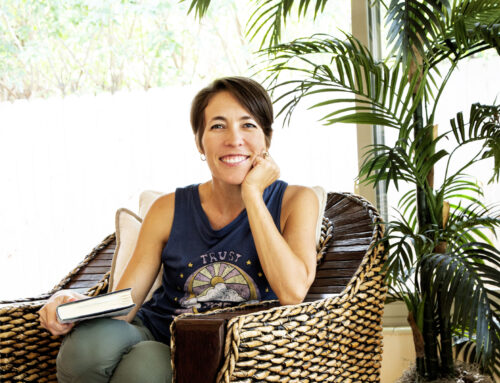


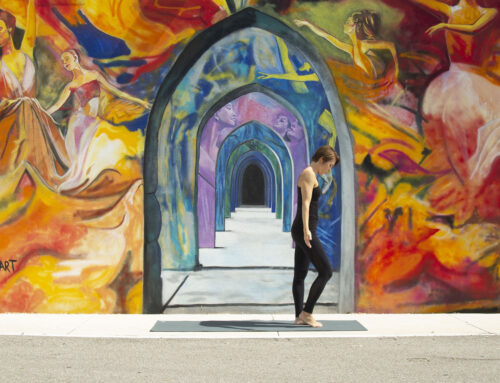

Leave A Comment